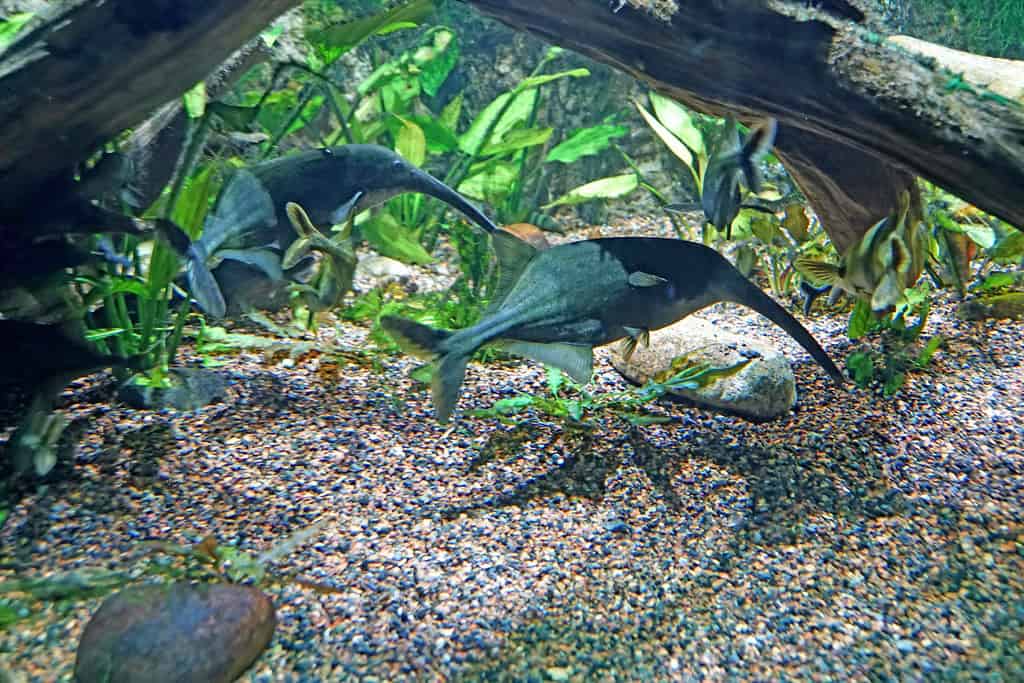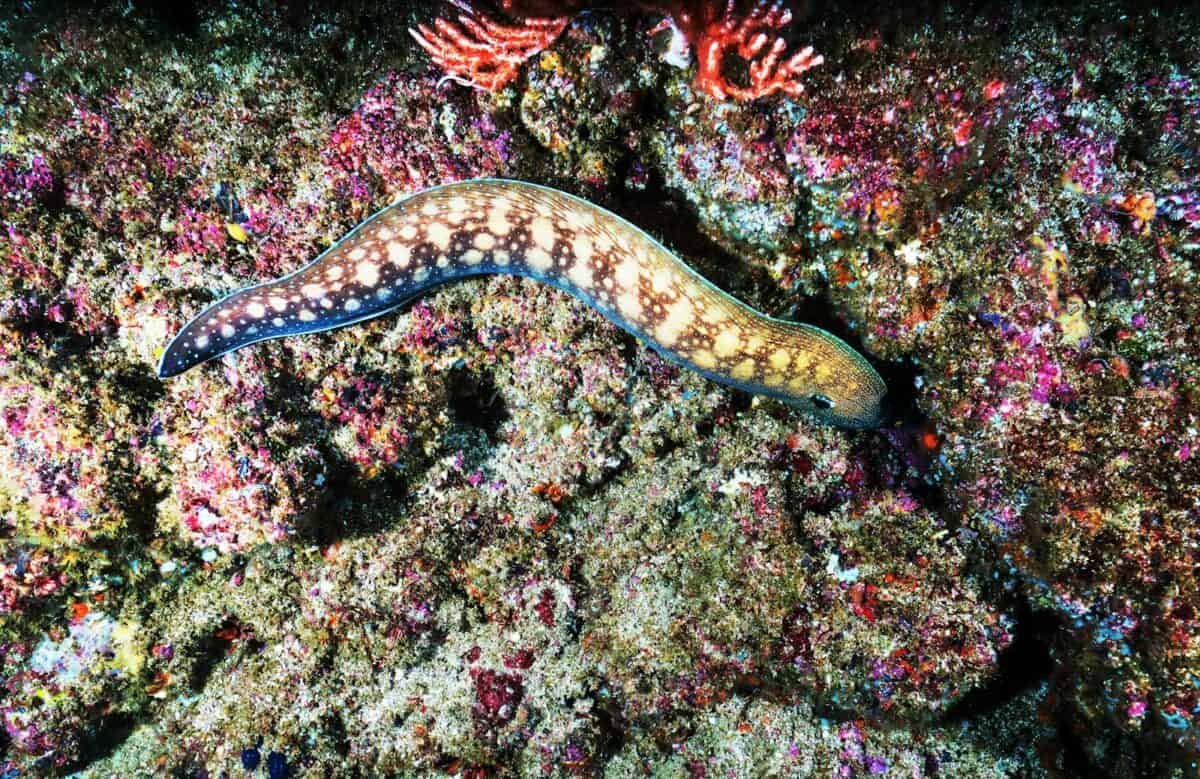In the enigmatic depths of our oceans and rivers, where sunlight struggles to penetrate, an extraordinary survival strategy has evolved among certain fish. These aquatic creatures have developed the ability to generate and interpret electrical fields, enabling them to navigate with precision, even in pitch blackness. This remarkable adaptation is not just a fascinating phenomenon; it holds the secrets to understanding nature’s ingenuity and resilience.
The Science Behind Electrolocation

Electrolocation is a biological process utilized by some fish to detect objects, prey, and potential threats in their environment. By producing weak electric fields and detecting disturbances in these fields, fish can ‘see’ through the water. This skill effectively allows them to operate with radar-like precision, a crucial ability in murky waters where visibility is severely limited.
Pioneering Adaptation: The Electric Fish

Electric fish, such as the electric eel, knifefish, and elephantnose fish, are known for their ability to generate electric fields. These species have specialized organs that produce electrical pulses, thanks to modified muscle or nerve cells known as electrocytes. The frequency and strength of these pulses vary from species to species, adapted to suit their specific hunting and navigation needs.
How Fish Generate Electricity

The electricity-generating organ in electric fish is usually located in the tail. Electrocytes inside this organ work like small batteries, stacked in series, generating voltage when activated. When the fish sends a command from its brain, it signals these cells to release an electrical charge that resonates through the water.
The Role of Electroreceptors

To interpret the electrical fields they produce, electric fish are equipped with specialized receptors, known as electroreceptors. These are often located on their skin. Electroreceptors are highly sensitive to changes in electric fields, allowing the fish to detect the presence of objects, living beings, and even subtle variations in the environment.
Navigating the Depths: Precision in Action

In dark or turbid waters where vision is compromised, electric fish rely heavily on their electric sense to move, hunt, and communicate. The ability to generate detailed ‘electric images’ of their surroundings helps these fish to hunt effectively and avoid predators, ensuring their survival in hostile environments.
Communication Through Electricity

Interestingly, some fish don’t just use electricity for navigation and hunting; they communicate with it. By altering the frequency and pattern of their electric signals, fish can convey different messages to others of their species, whether it’s a mating call, a territorial warning, or a social interaction. This form of communication is a clear testament to the complexity and sophistication of these aquatic creatures.
Detecting Electric Fields in Prey

Some predatory fish have developed the capability to sense the weak bioelectric fields emitted by their prey. This allows them to detect and capture prey hiding in sediment or behind obstacles, bypassing the limitations of darkness or obscured vision. This is particularly advantageous in murky waters where other senses might fail.
An Evolutionary Advantage

The evolution of electrolocation has offered significant advantages to fish living in dim or densely vegetated waters. Beyond mere survival, it allows these fish to exploit ecological niches that might be inaccessible to other predators, giving them an evolutionary edge.
The Influence on Technology

The study of electrolocation in fish is inspiring new technologies in the field of robotics and artificial sensors. By mimicking the electric sensing techniques of fish, engineers are developing robotic systems capable of underwater navigation and object detection, highlighting biological innovation as a muse for technological advancement.
Challenges and Threats

Despite their remarkable adaptations, electric fish face numerous challenges, including habitat destruction and water pollution, which can disrupt the delicate balance of their ecosystems and interfere with their electrolocation abilities.
Protective Efforts and Conservation

Conservation of electric fish and their habitats is crucial to preserving these unique species. Awareness and protective measures can help mitigate human impact, ensuring that these extraordinary creatures continue to thrive in their natural environments.
The Fascination Continues

The use of electricity by fish in dark environments continues to captivate scientists and nature enthusiasts alike. As research progresses, we are bound to uncover even more wonders about these incredible creatures, deepening our appreciation for the complexity and adaptability inherent in the natural world.
The ability of some fish to use electricity to navigate and communicate highlights the ingenuity of evolution. These aquatic creatures offer an inspiring glimpse into how life adapts to the challenges of living in conditions far removed from the human experience, providing lessons not only about nature’s resilience but also its capacity for innovation.
- Eagles vs. Snakes: Who Would Win? - August 9, 2025
- Why Pandas Were Once Nearly Extinct—and How China Saved Them - August 9, 2025
- This Fish Has the Most Teeth in the Ocean—And Uses Them Well - August 9, 2025

